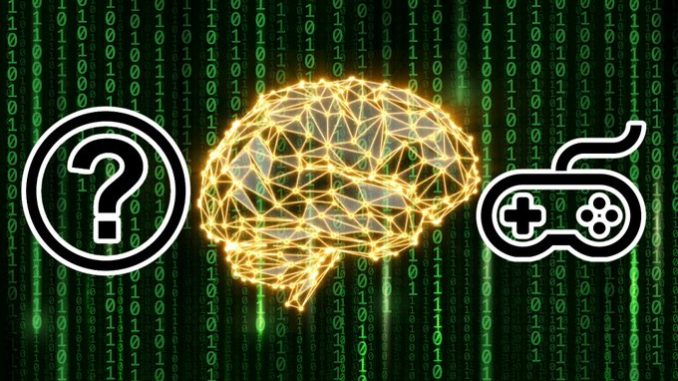
Artificial intelligence systems can mimic some aspects of human intelligence with impressive results, including detecting objects, navigating environments, playing chess, or even generating text. But cloning human behavior has its limitations. Without backing actions with thought, AI systems can become brittle and make unpredictable mistakes when faced with novel situations.
One recent project by scientists at the University of British Columbia and Vector Institute shows the benefits of getting AI systems to think like humans. They propose a technique called “Thought Cloning,” which trains the AI on thoughts and actions at the same time.
Thought cloning can enable deep learning models to generate a sort of reasoning process for their actions and convey that reasoning to human operators. There are many benefits to Thought cloning, including training efficiency, troubleshooting and error fixing, and preventing harmful behavior.
Behavior cloning vs thought cloning
Many deep learning systems are trained on data generated by humans. For example, training data can be the list of moves in a chess game or the sequence of actions in a strategy game. It can be real-world actions such as completing tasks in a warehouse. By training on a large enough dataset, the AI agent will be able to create a model of human behavior on that task.
This article is part of our coverage of the latest in AI research.
